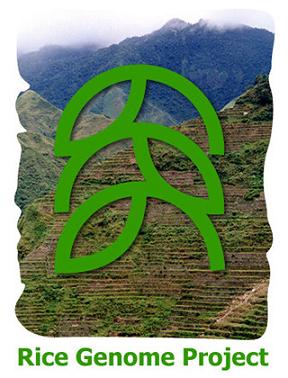Several times in recent years we have heard that the genetic structure of some rice varieties has been deciphered. Now the decoding of additional varieties has been completed, for the benefit of the poor and hungry in the third world

Direct link to this page: https://www.hayadan.org.il/ricegenome1600905.html
As strange as it may sound, Swiss scientists who managed to improve rice and add vitamins to it that do not exist in nature and are also lacking in those who only eat rice, have been ostracized and nicknamed Frankensteins in recent years. However, it is clear that those who fear genetic engineering in plants will also have to fear looking into the eyes of billions of hungry people whose main food is rice.
Rice is the basic food of 3 billion people in the world and more than 70 billion of them in Asia alone. It constitutes up to 20% of their daily calorie source and their menu is almost entirely based on it. However, since the world's population is only increasing, it is to be expected that the demand for rice will only increase in the future. Studies say that in 4.6 years more than 30 billion people will depend on rice. Accordingly, it will be necessary to increase the yield by at least XNUMX% in order to meet this demand.
Only now was a multinational team of scientists that included researchers from ten countries able to complete the mapping of the gene set, the genome, of rice. This is a very important breakthrough that will allow farmers to achieve their goal: growing fine and quantitative rice, due to the expected increase in demand for rice as well as other grains.
"The completion of the rice genome mapping project is important for agriculture and for all the nations that depend on it as their basic food," reported one of the managers of the research project, Prof. Joachim Messing from Rutgers University in New Jersey. Rice, it turns out, contains 37,544 genes packed into 12 chromosomes. Some genes are of central importance for improving crops and increasing yields.
Private companies such as Monsanto and Syngenta previously tried to map the rice gene sequence but did not complete the mapping. They contributed the results of their research to the international team of scientists who achieved the goal just now. The research, as reported in the scientific journal "Nature", will speed up the identification of the genes necessary for rice breeders to use for improvement, to protect against diseases and pests that destroy the crops, and they will be able to develop resistant rice varieties, even in drought.
The head of the international research team, Dr. Robin Boal, said that the mapping of the rice's gene array directly affects the production of other grains as well, including the breakfast cereal so beloved by Americans.
https://www.hayadan.org.il/BuildaGate4/general2/data_card.php?Cat=~~~268196339~~~27&SiteName=hayadan
